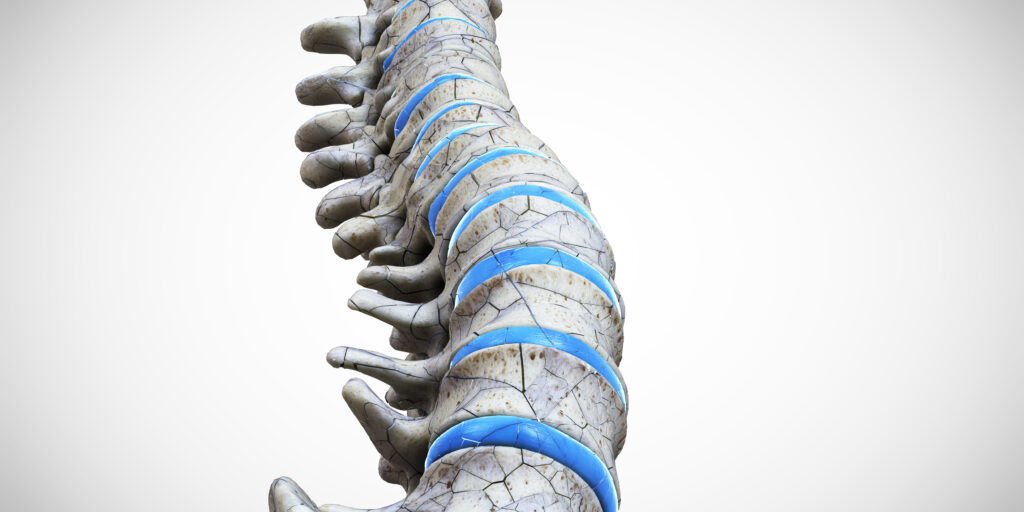Did you know that by 2050 it’s predicted between 4.5 to 6.3 million hip fractures will occur worldwide with half of them in Asia?
The number and proportion of the world’s population aged 60 years and above is growing at an unprecedented rate and is set to accelerate, especially in developing countries.
An ageing population will continue to affect all aspects of society, with little evidence suggesting older people today are enjoying better health than previous generations.
The Asia Pacific Fragility Fracture Alliance (APFFA) was formed in 2018 to drive policy change, improve awareness and change mindsets to facilitate optimal fragility fracture management across Asia Pacific.
APFFA comprises seven global and regional member organisations [insert URL to organisation page] from the geriatrics, orthopaedics, osteoporosis and rehabilitation sectors and our mission is to promote multidisciplinary collaboration and change policy to facilitate best practice in the acute care, rehabilitation and secondary prevention of fragility fractures.
Our vision is to deliver effective care, fewer fractures and better outcomes for people living in Asia Pacific and our activities aim to complement the World Health Organization’s (WHO) Decade of Healthy Ageing 2020–2030 initiative.
Three working groups are charged with delivering APFFA’s priority initiatives:
- Hip Fracture Registry Working Group
- Education Working Group
- Evidence Generation Working Group.
We hope you’ll enjoy exploring our new website and don’t hesitate to reach out if you’d like to know more about our work, how you can get involved or if you would like to share your experience in this area.
Keep up to date with the latest bone health news, research and guidelines across Asia Pacific via our LinkedIn page and blog on this site.





